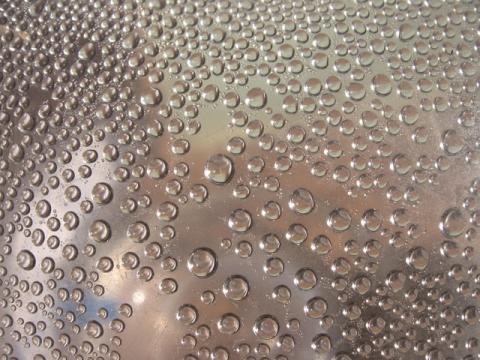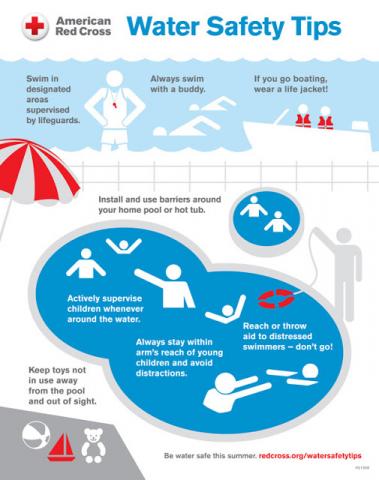Straight-Through Flow Design Ideal for TRS Mist Samples
Flammable non-condensible gases (NCG’s), usually referred to as Total Reduced Sulfur compounds (TRS) or Dilute Vent Gases, are byproducts of the wood pulping process. These gases, mostly sulfurous, are extremely malodorous and flammable.
Health and pollution regulations prohibit the release of these gases into the atmosphere. They are usually eliminated by passing them through an incinerator or by using them as fuel in the burner of a boiler or kiln.









